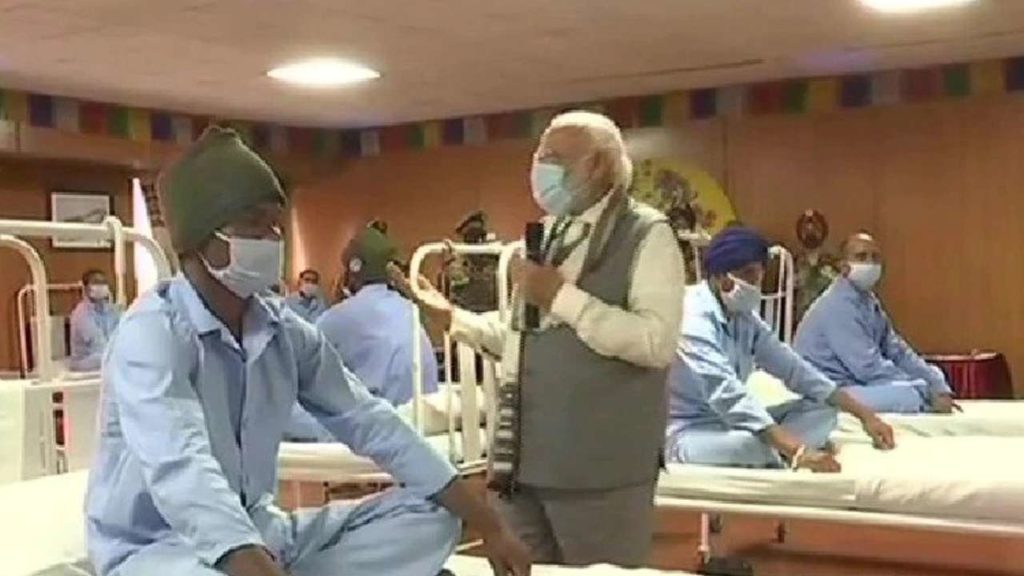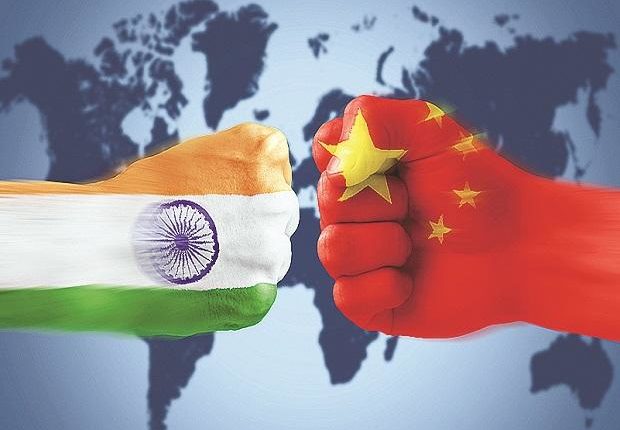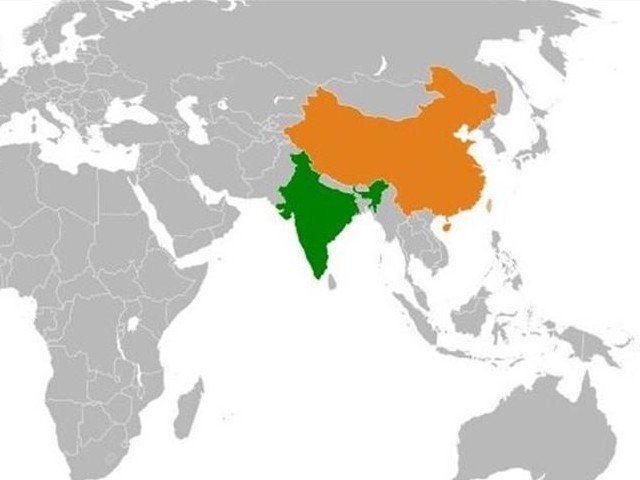Editor’s note: This is a guest piece by journalist Nitin Saxena in New Delhi.
Has China become the biggest bully in the world, and as a result have Indians failed to react strongly enough to its intrusions into Indian territory recently?
The fear of the ‘Dragon’ has been so pervasive of late that we saw no military retaliation even after learning that it had clawed its way five kilometres into Indian territory.
If a similar scene had happened on the India-Pakistan border, daily ‘anti-Pakistan’ demonstrations would have been commonplace at the Pakistan High Commission in New Delhi.
China has extinguished all kinds of open ‘rebellion’ against Beijing using ‘cheque-book’ diplomacy – a modus operandi seen all over the world over the last two decades or so, in turn placing itself in a comfortable position.
It has invested millions, if not billions of dollars in a range of infrastructure activities, along the way twisting the political strategies of many countries in its favour.
India at present imports 87 per cent of its pharmaceutical raw materials, APIs, (active pharmaceutical ingredients) from China, and understandably a blanket ban on Chinese goods will put India in a corner.
A New Delhi pharmacist, Manish Nagpal, said that a sizable part of the country’s economy relies on China. “Even the UV towers recently acquired by India come from there. Banning the Chinese Apps is just an eye-wash (by comparison),” he added.
A journalist, Rajesh Jha, working with the national daily, Statesman, said, “China has always believed in expansionism, and we have been seeing its sinister designs (for the) last 61 years. “The hide and seek game of confrontation and cooperation with Taiwan has made Taipei wary of diplo-economic relations with (China). And now (we) see how it is downsizing Nepal.”
The ban on Chinese-linked Apps and a call to boycott its goods was a mild and late reaction by India.
People expected the Indian Prime Minister to visit Ladakh to take stock of the situation, and then, following discussions with the corps commanders of the army on the ground, he would decide the next course of action.
But nothing of the sort happened.
In fact, the pictures of Indian PM Narendra Modi visiting the soldiers wounded in the Galwan River Valley fist-fight, recuperating in a make-shift ward set up in a conference hall at the army hospital brought with it a volley of ridicule on social media which termed the episode a public-relations exercise, and as a consequence Modi came under fire.

The Indian television news channels kept stoking the drawing room viewers to have us believe that India had pushed back the Chinese soldiers, and the banning of Chinese apps was a ‘surgical’ strike.
Television debates and experts’ talks on the Indo-China border face-off have displayed a non-direct attack on the military and foreign policy of China with accompanying allegations of it having bullied India.
Beijing has always nurtured double standards on peace and camaraderie as far as India is concerned.
International affairs expert, Fareed Zakaria’s emphasis on the rethinking and re-evaluation of foreign policy vis-à-vis China seems like a forked analysis mouthed by an amateur.
Right from the first prime minister of India, Mr Jawaharlal Nehru’s assertion that ‘fate has marked us for bigger things’ through to the 1978, Indian government’s open-arms stand when it welcomed China’s policy of ‘Reform and Open Door’ which India thought would end the staggering cold war between the two on border issues, nothing has happened.
While China embraced globalisation, liberalized trade and foreign direct investment (FDI), India did not follow suit with the same gusto.
India could not, as its economic activity was not based on a spiral, and it banked on foreign technical know-how to manufacture its indigenous machines for domestic and military preparedness.
China was always an opportunist, and a fine entrepreneur and a visionary.
But with India, it has never been fair, and played on a level playing field.
Instead it has often served as a source of nightmares for New Delhi, including episodes such as the hacking of the Indian prime ministerial office (PMO) computers, and landing in Indian territory and painting boulders with its own country’s name – in the Chinese language.
India has watched all these sinister designs of China and has been reminding them to be more transparent and not to hobnob with other countries that poison them against us.
Yet, despite their best efforts and India’s economic, military and diplomatic capabilities being co-joined with other countries including China, it has never been on its knees in front of China.
And now, as Chinese government controlled broadcasts and its domestic print media have not been able to goad its very own jingoists who are slowly displaying dissatisfaction against their own president, Xi Jinping, the people of China are slowly leaning towards those nations that have been sidelined and bullied by … the bully.












Comments are closed.